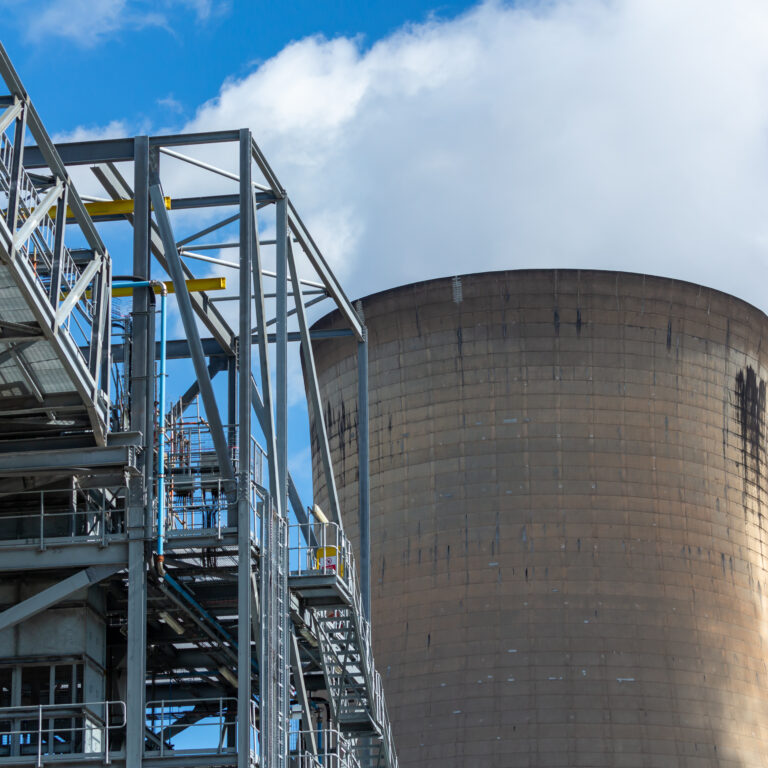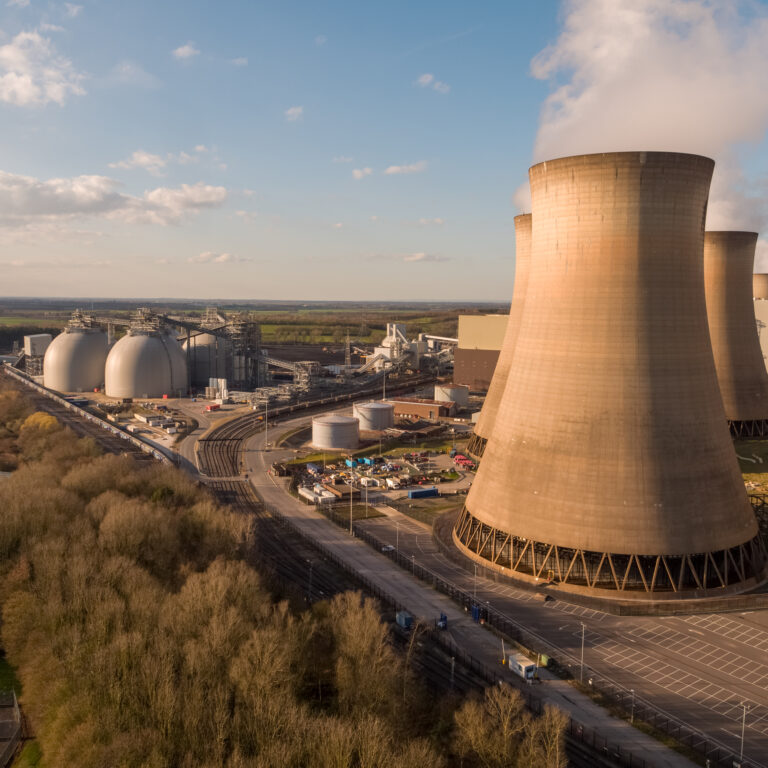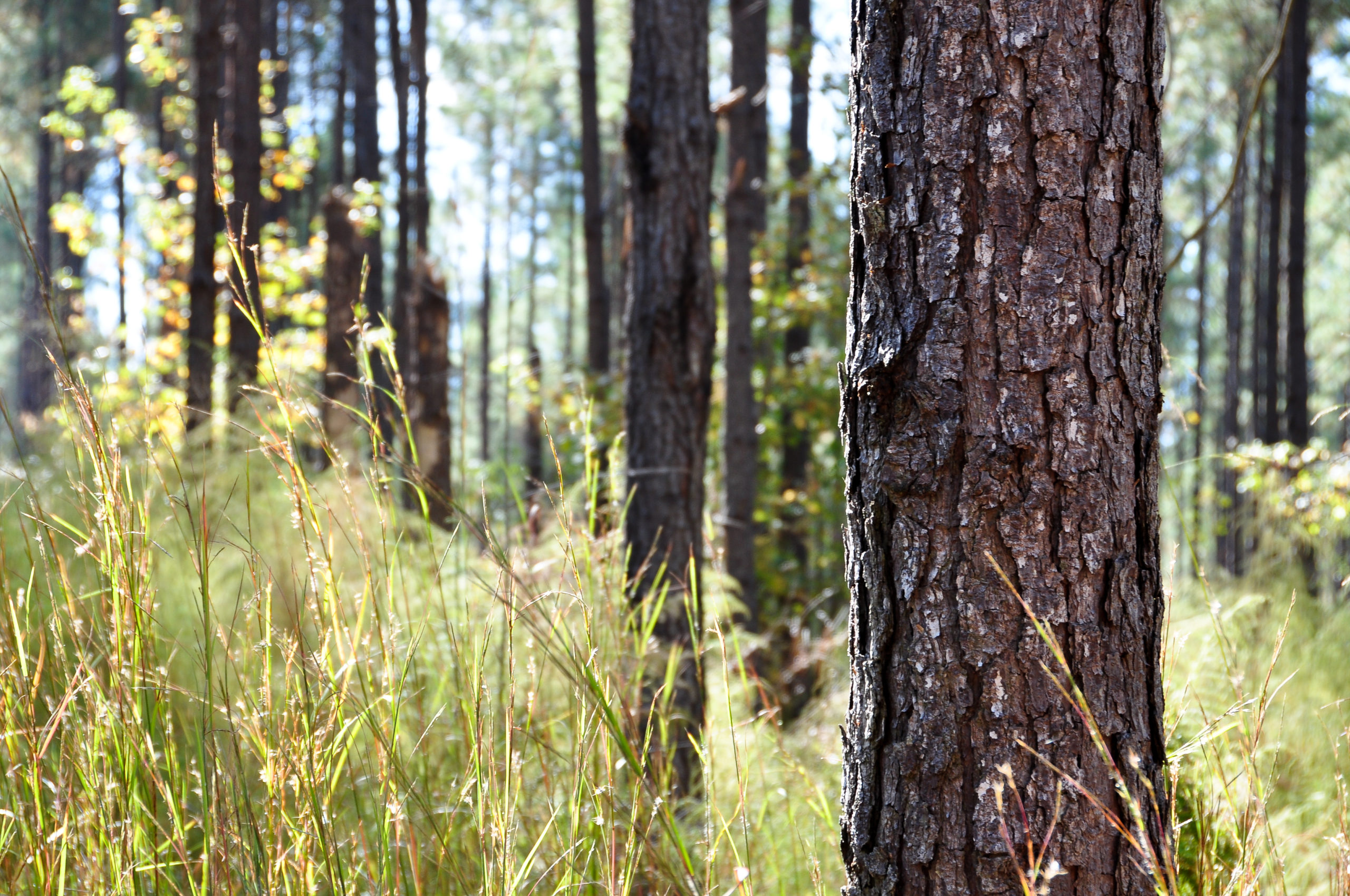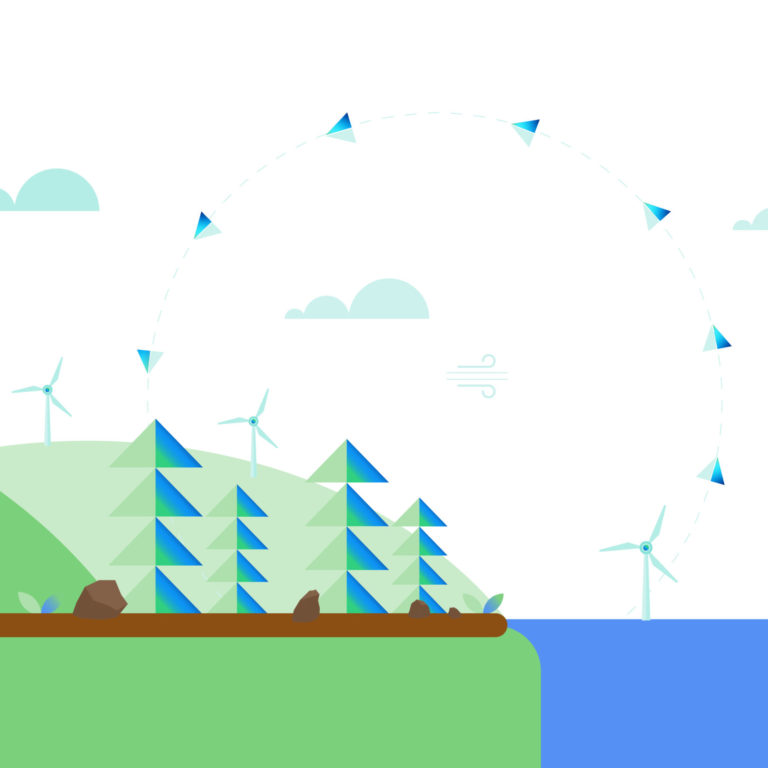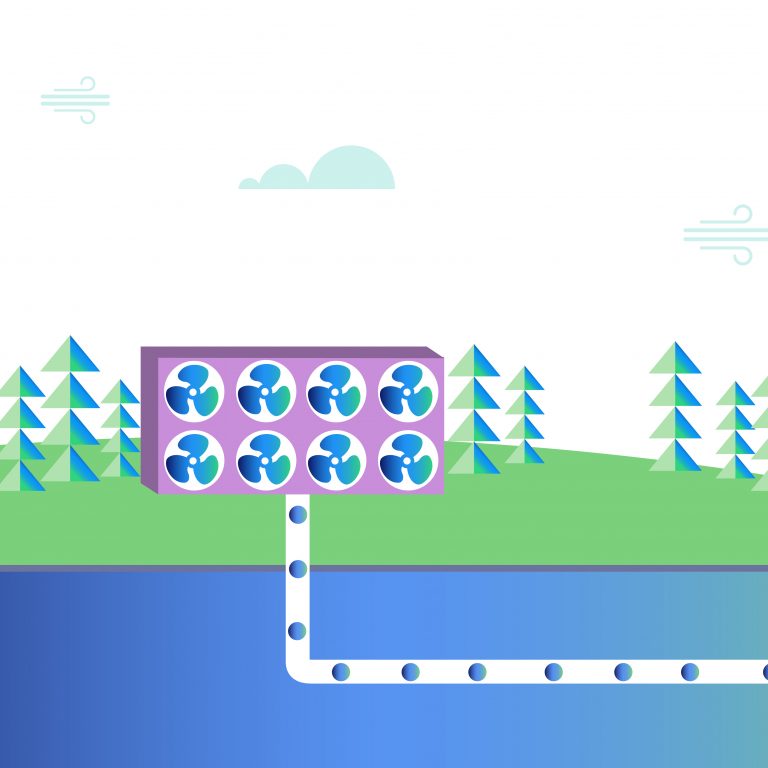What is carbon capture usage and storage?
Carbon capture and storage (CCS) is the process of trapping or collecting carbon emissions from a large-scale source – for example, a power station or factory – and then permanently storing them.
Carbon capture usage and storage (CCUS) is where captured carbon dioxide (CO2) may be used, rather than stored, in other industrial processes or even in the manufacture of consumer products.
How is carbon captured?
Carbon can be captured either pre-combustion, where it is removed from fuels that emit carbon before the fuel is used, or post-combustion, where carbon is captured directly from the gases emitted once a fuel is burned.
Pre-combustion carbon capture involves solid fossil fuels being converted into a mixture of hydrogen and carbon dioxide under heat pressure. The separated CO2 is
captured and transported to be stored or used.
Post-combustion carbon capture uses the addition of other materials (such as solvents) to separate the carbon from flue gases produced as a result of the fuel being burned. The isolated carbon is then transported (normally via pipeline) to be stored permanently – usually deep underground – or used for other purposes.
Carbon capture and storage traps and removes carbon dioxide from large sources and most of that CO2 is not released into the atmosphere.
What can the carbon be used for?
Once carbon is captured it can be stored permanently or used in a variety of different ways. For example, material including carbon nanofibres and bioplastics can be produced from captured carbon and used in products such as airplanes and bicycles, while several start-ups are developing methods of turning captured CO2 into animal feed.
Captured carbon can even assist in the large-scale production of hydrogen, which could be used as a carbon-neutral source of transport fuel or as an alternative to natural gas in power generation.

Where can carbon be stored?
Carbon can be stored in geological reserves, commonly naturally occurring underground rock formations such as unused natural gas reservoirs, saline aquifers, or ‘unmineable’ coal beds. The process of storage is referred to as sequestration.
The underground storage process means that the carbon can integrate into the earth through mineral storage, where the gas chemically reacts with the minerals in the rock formations and forms new, solid minerals that ensure it is permanently and safely stored.
Carbon injected into a saline aquifer dissolves into the water and descends to the bottom of the aquifer in a process called dissolution storage.
According to the Global CCS Institute, over 25 million tonnes of carbon captured from the power and industrial sectors was successfully and permanently stored in 2019 across sites in the USA, Norway and Brazil.
What are the benefits of carbon storage?
CO2 is a greenhouse gas, which traps heat in our atmosphere, and therefore contributes to global warming. By capturing and storing carbon, it is being taken out of the atmosphere, which reduces greenhouse gas levels and helps mitigate the effects of climate change.
Carbon capture fast facts
- CCUS is an affordable way to lower CO2 emissions – fighting climate change would cost 70% more without carbon capture technologies
- The largest carbon capture facility in the world is the Petra Nova plant in Texas, which has captured a total of 5 million tonnes of CO2, since opening in 2016
- Drax Power Station is trialling Europe’s biggest bioenergy carbon capture usage and storage project (BECCS), which could remove and capture more than 16 million tonnes of CO2 a year by the mid 2030s, delivering a huge amount of the negative emissions the UK needs to meet net zero
Go deeper
- Laying down the pathway to carbon capture in a net zero UK
- Why carbon capture could be the game-changer the world needs
- What can be made from captured carbon?
- Around the world in 22 carbon capture projects
- From steel to soil: how industries are capturing carbon







